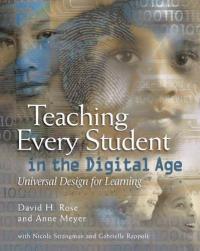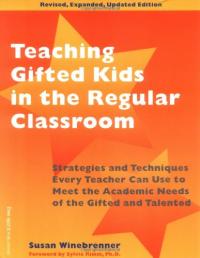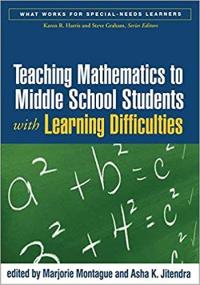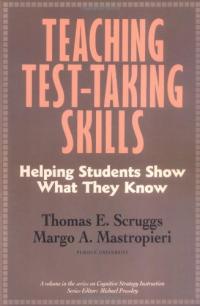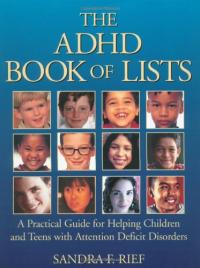
Teaching Adolescents with Learning Disabilities: Strategies and Methods
Some strategies are effective and efficient, and others are not. Those that are both effective and efficient share characteristics that fall into three categories: content features, design features, and usefulness features. The content of the strategy refers to its steps and what they are designed to facilitate during the learning process. The design features refer to how the steps are packaged to facilitate learning and subsequent use of the strategy. The usefulness feature refers to the potential transferability of the strategy to everyday needs in a variety of settings. Ellis and Lenz (1987) identified a number of critical features across these dimensions.
